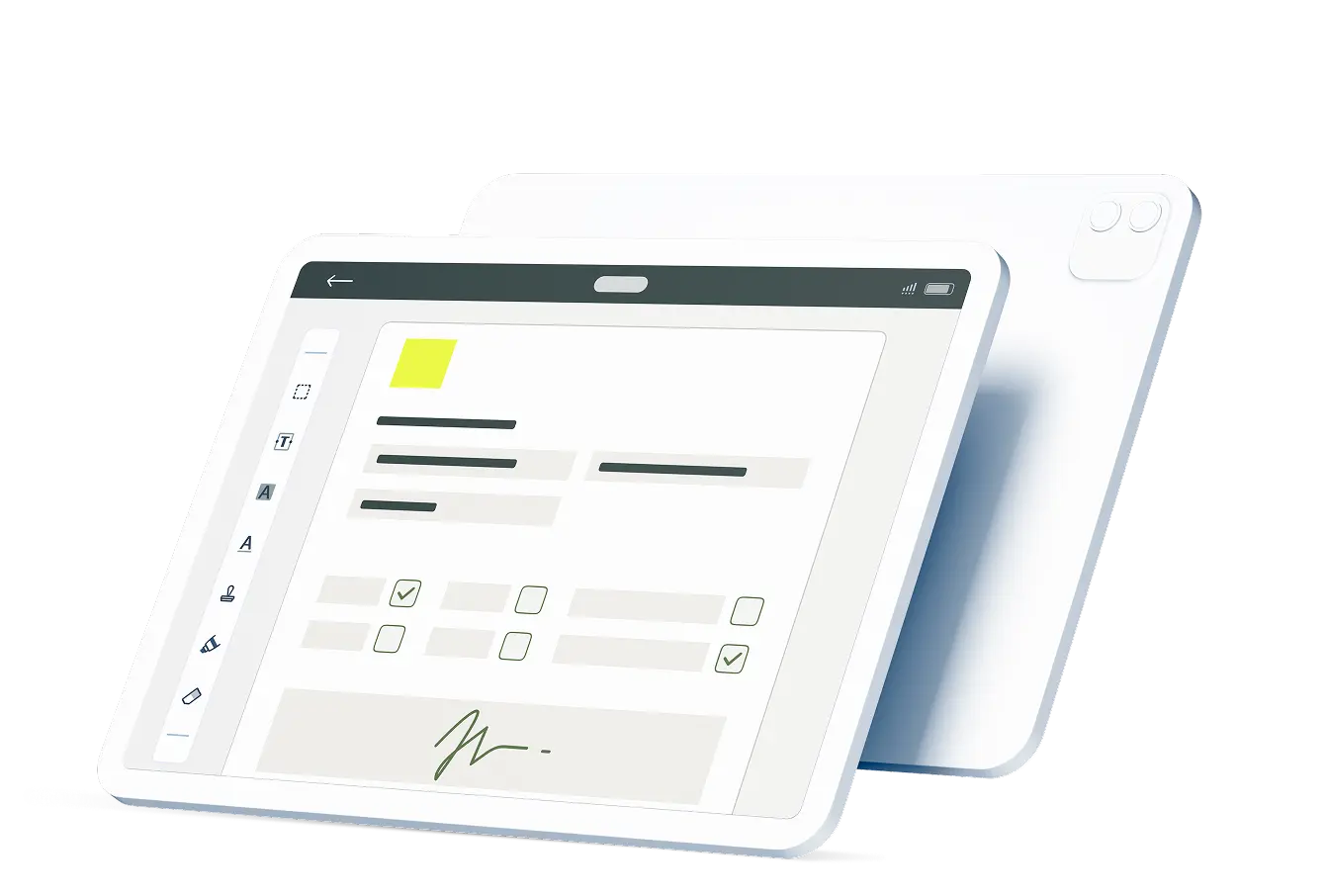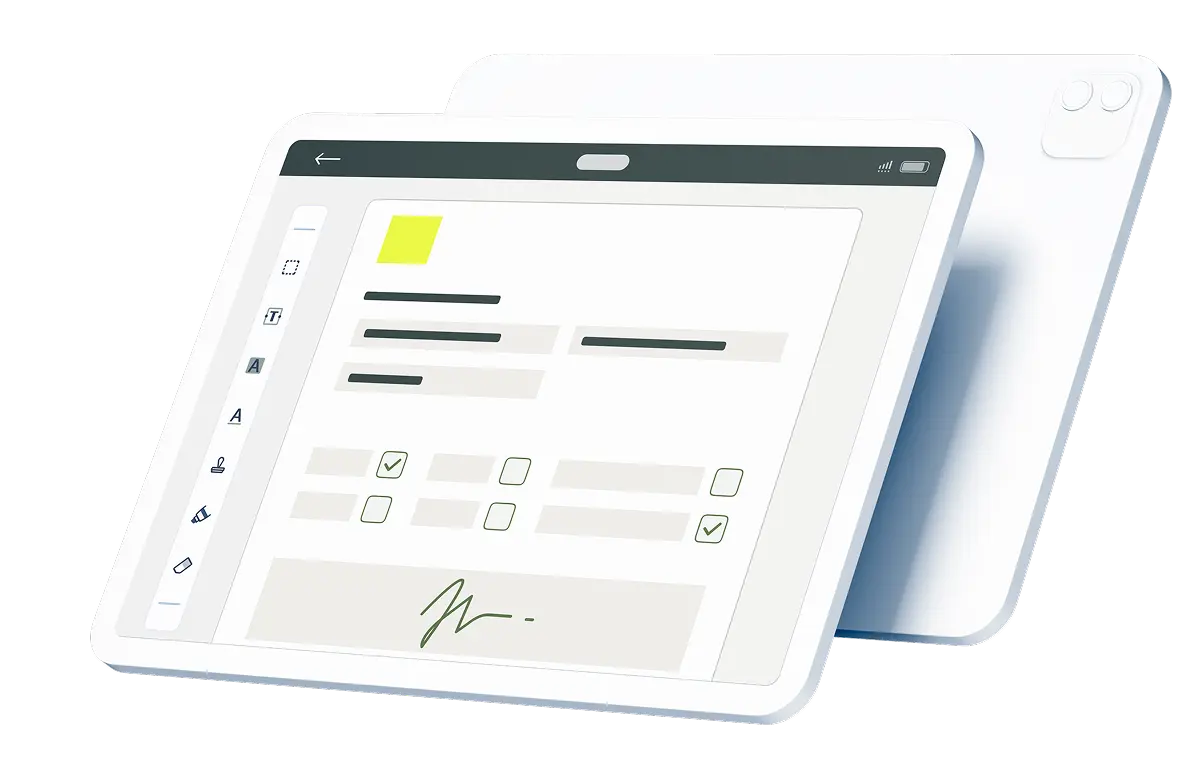Pressure vessels are industrial containers designed to hold vapors, liquids or gasses at pressure levels that differ from outside pressure. Three common types of pressure vessels include storage tanks, process vessels and heat exchangers. Almost every international regulatory body publishes pressure vessel safety standards and inspection guidelines. Learn more about pressure vessel inspections and how workflow management solutions such as digital checklists can facilitate these critical safety measures.
Contents:
- What Is a Pressure Vessel Inspection?
- What Are the General Pressure Vessel Inspection Requirements?
- What AWhat Does a Pressure Vessel Visual Inspection Cover?
- What Are the Other Types of Pressure Vessel Testing?
- Which Regulatory Bodies Publish Pressure Vessel Standards?
- How Can Inspections Prevent Pressure-Related Incidents?
- How Often Should Pressure Vessels Be Inspected?
- Why Are Digital Checklists Useful for Pressure Vessel Inspections?
What Is a Pressure Vessel Inspection?
Engineering managers and trained technicians are often tasked with inspecting industrial vessels designed to hold contents at pressure. As this equipment can pose safety risks without proper maintenance, standards bodies in most countries mandate inspections of pressure vessels.
Inspections of pressure vessels may be internal or external and range from visual inspections to specialized testing methods for different types of vessels. There are many types of pressure vessels, including fired and unfired pressure vessels and vessels designed to safely contain specific substances at set pressure levels.
The main goal of an inspection is to ensure that the vessel material, connections and components are in working condition and meet the requirements set forth in relevant safety standards or regulatory codes. Pressure vessels should regularly be inspected for safe operation.
What Are the General Pressure Vessel Inspection Requirements?
Although pressure vessel safety standards vary between countries, several general expectations for inspections apply to the installation and operation of most pressure vessels worldwide. Here are four types of inspections and testing that vessels should undergo in accordance with relevant safety standards or regulations:
- Inspection after installation: Once installed, pressure vessels should always be inspected prior to use.
- Regularly scheduled inspections: Pressure vessel inspections should take place every five years or more often.
- Real and potential defects: Visual inspections and tests can identify potential problems.
- Stress and pressure testing: Specialized testing measures may be necessary to assess vessel integrity.
Regular testing can ensure that a pressure vessel is operating as safely as possible and meeting any application-specific requirements. As pressure vessels often contain combustible substances such as compressed natural gas, fuel oil and liquified hydrogen, regular inspections are vital for safety.
What AWhat Does a Pressure Vessel Visual Inspection Cover?
A visual inspection is the most common type of non-destructive testing of pressure vessels. In this type of inspection, an engineering manager or trained technicians review the interior and exterior of a vessel to look for signs of damage. Inspectors often observe the condition of vessel coverings, closures, insulation, joints and structural connections during visual inspections.
Vessel inspections can be performed directly by technicians or by using unmanned aerial vehicle technology. Drones make it easier and safer to closely inspect confined areas in pressure vessels or vessels situated in hard-to-reach locations and can reduce the duration of inspections, employees’ risk of injury and equipment downtime.
What Are the Other Types of Pressure Vessel Testing?
Visual inspections may not provide sufficiently detailed data to indicate the condition of a pressure vessel. Surface testing can pinpoint flaws on vessel surfaces, while volumetric methods detect internal flaws. Several testing methods are used to assess the integrity of pressure vessels:
- Dye penetrant: Liquid penetrant that can contain a fluorescent chemical is sprayed onto a vessel.
- Magnetic particle: Magnetic current is run through a pressure vessel to identify flux leakage fields.
- Radiographic: Radiography is used to detect defects near or on the surface of a vessel.
- Ultrasonic: Sound waves are used to measure surface thickness, and volumetric testing detects flaws inside vessels.
Engineering managers can recommend the best testing method for a pressure vessel and refer to relevant safety standards or regulatory requirements for guidance. Enterprises that develop digital checklists based on these requirements along with any application-specific measures are more likely to comply with the best practices set forth in pressure vessel standards.
Which Regulatory Bodies Publish Pressure Vessel Standards?
In North America, the ASME Boiler and Pressure vessel code and API 510 standards apply, and API 510 is also used in some other locations. The current European Standard for pressure vessels is EN 13445, while EN 286 Parts 1 to 4 cover standards for simple pressure vessels or air tanks.
Enterprises should refer to standards published by relevant regulatory authorities in the location where a pressure vessel is located. Other relevant standards include the CSA B51-09 Canadian Boiler, pressure vessel and pressure piping code, the CODAP French Code for Construction of Unfired Pressure Vessels and the German AD Merkblätter standard.
Make sure that the code you reference applies to the type of pressure vessel in use and the operational jurisdiction. Safety standards and regulatory requirements for pressure vessels can change over time, making it important for engineers to stay apprised of developments and incorporate the latest standards into pressure vessel inspections.
How Can Inspections Prevent Pressure-Related Incidents?
Inspections of pressure vessels are useful for identifying structural issues or other operational factors that could raise the risk of malfunction before an incident occurs. While external inspections may be easier to perform, it is also important to perform internal inspections on a mandated basis or more frequently if needed.
Frequent inspections make it possible for qualified professionals to notice blistering, corrosion, cracks or deformation on the exterior of pressure vessels as soon as the damage becomes evident. External inspections may also include vessel connections and hardware and extend to welded joints and adjacent areas. Internal inspections are also important, particularly in any areas of high stress concentration. Pressure vessel inspections often necessitate downtime, making workflow management crucial during regular safety protocols.
Enterprises can use Fluix to schedule pressure vessel inspections or enable engineering staff to add condition-related inspections or maintenance to workflows. Code-free automation can optimize productivity around inspections, while document distribution functionality provides inspectors with digital checklists to promote best practices with regard to safety standards and serve as proof of regulatory compliance.
How Often Should Pressure Vessels Be Inspected?
The first on-site inspection of a pressure vessel should occur after installation, prior to the vessel being put into service. This equipment should then be inspected at least once every five years or at the frequency specified in the most relevant pressure vessel standard.
Best practices may indicate more frequent visual inspections of pressure vessels. Regulatory requirements may also call for other types of inspections and specify the frequency with which tests should be performed. Recommendations may vary for fired pressure vessels that receive heat and unfired pressure vessels that can act as heat exchangers.
The usage of a pressure vessel can also factor into the frequency of inspections. Engineering managers can refer to relevant standards and safety codes to schedule the timing and types of testing that pressure vessels should undergo to allow for safe operations with minimal downtime.
Why Are Digital Checklists Useful for Pressure Vessel Inspections?
Pressure vessel inspections can involve many steps, regardless of the type of testing. Checklists encourage engineering managers and trained technicians to ensure that they take every measure necessary to safely operate pressure vessels. Engineering departments should develop checklists that account for safety standards and best practices to ensure that inspections are thorough and well-documented.
Digital checklists distributed with Fluix can be completed on an Android or iOS mobile device. This app supports the submission of checklists over an internet connection and provides offline access to materials that can be submitted when connectivity is restored. The broader workflow optimization capabilities of HVAC business software can ensure that scheduled inspections and condition-based maintenance involve minimal downtime and generate detailed documentation.
Enterprises that use pressure vessels should inspect these components in accordance with applicable safety regulations for the type of vessel and the location. Stakeholders should stay apprised of pressure vessel safety standards for countries where operations are based and keep records of compliance with regulatory requirements. Try Fluix today to maximize productivity while promoting compliance with pressure vessel maintenance standards.

